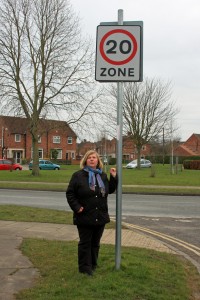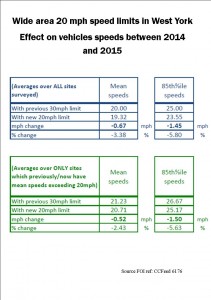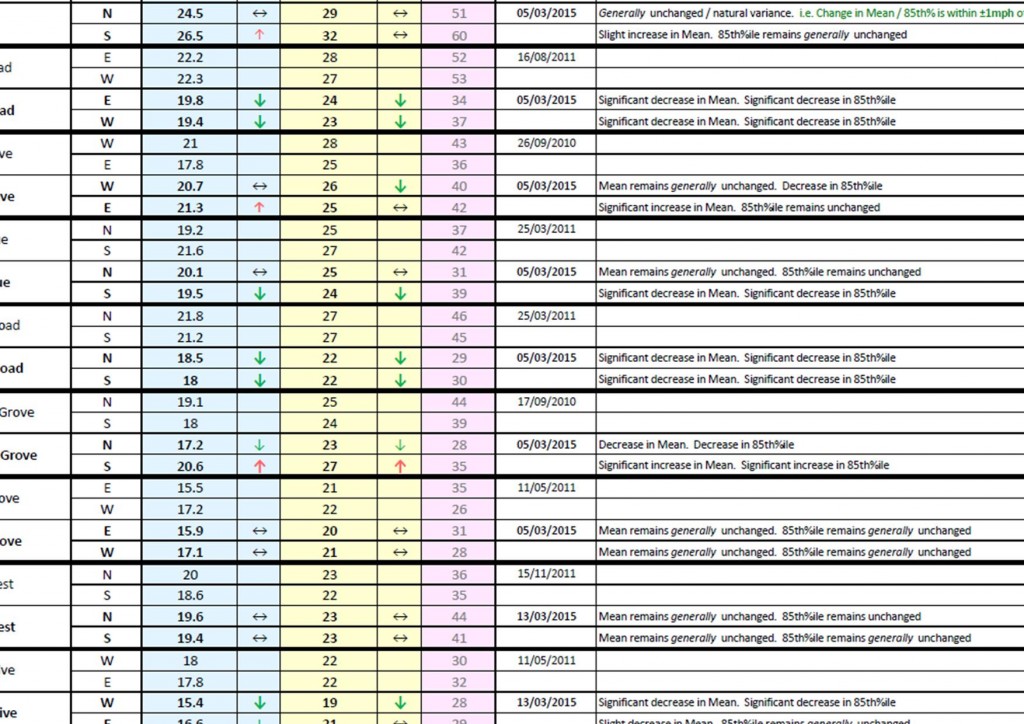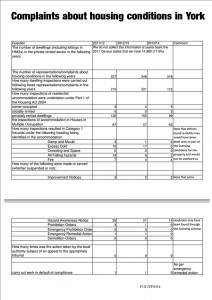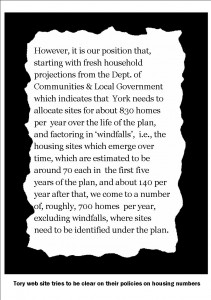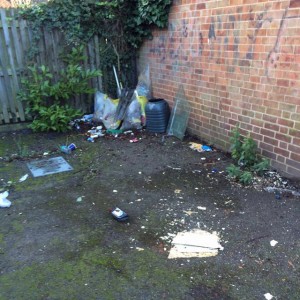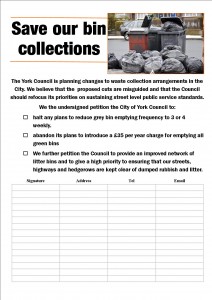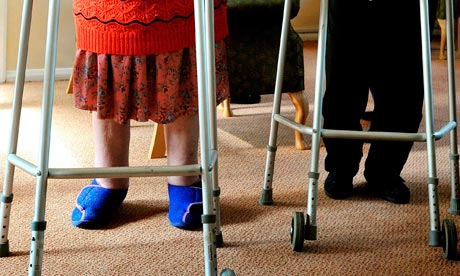Attendance at City of York Council’s schools for 2013-2014 continues to be amongst the very best nationally, according to figures released by the Department for Education (DfE), with York returning the UK’s lowest number of persistent absentees for primary schools.
Data published on Friday 26 March for the first five half terms of 2013-14, shows that York is the UK’s joint second best-performing local authority for primary school attendance at 96.7%. City of York Council primary schools also had the joint lowest numbers nationally for persistent absentees at 1.3%.
This excellent performance was also reflected in secondary schools with attendance at 95.4%, placing York in the 20 top-performing local authorities out of 150 councils. The percentage of pupils in secondary schools regarded as persistent absentees was City of York Council’s lowest since records began with only 4.6% counting as persistent absentees.
Currently any pupil who is absent for 15% or more of their sessions is regarded as a persistent absentee, however from September 2015 this will change so that pupils with absence of 10% or more will count as a persistent absentee.
Pupils who miss between 10 per cent and 20 per cent of school tend to have lower attainment levels than average, with only 35 per cent achieving five A* to C GCSEs, including English and maths.
Jon Stonehouse, Director of Children’s Services, Education and Skills at City of York Council, said: “The work of teaching staff, police and council partners in the health sector as well as parental commitment all contribute to this excellent outcome which helps ensure that children overcome any barriers to attendance and have access to a good education. I would encourage any parent concerned about issues that they feel may lead to their child missing lessons to contact their school straight away.”


